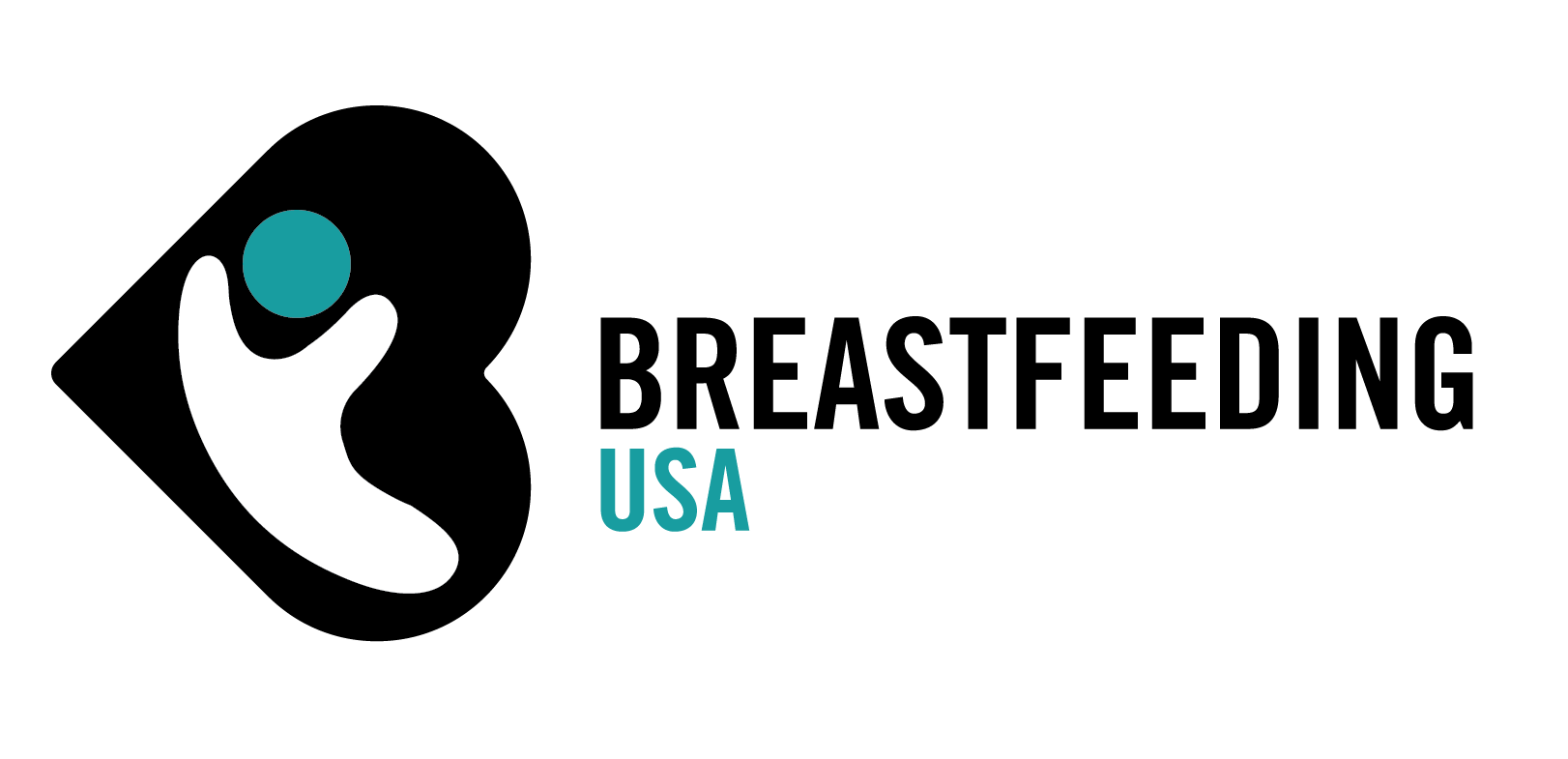By Teresa Pitman

What if babies were born knowing how to breastfeed? While that’s a new idea to most of us, it does make sense. Other newborn mammals know how to find and attach to their mother’s nipples, following inborn instincts in response to physical cues they receive from contact with the mother’s body.
Paediatrician Christina Smillie has found that human babies do, in fact, have quite remarkable abilities when it comes to breastfeeding.
“Baby’s instincts to look for and latch on to the breast involve a sequence of behaviours, where one behaviour leads to the next.” She says that sometimes our attempts to help babies latch can actually interfere, by jumping the queue as it were. “”When we start with the baby’s mouth at the nipple, we are skipping a lot of the early part of the sequence, which sets the stage and helps the baby organize his behaviour,” she explains. Of course, many babies do latch when put to the breast, and once a baby has latched several times, there is no need to follow the whole sequence. But for many babies who are learning to latch, Smillie says, “it is helpful to engage the full sequence.”
We asked Dr. Smillie to take us through this amazing process, step by step:
- Aim for a calm beginning
“The mom should hold her baby, skin to skin — baby in a diaper only, mom with no shirt or bra — and just enjoy the baby. She should hold the baby upright, midline between her breasts, just cuddling the baby with no thought about breastfeeding. There’s no hurry; we’re on baby time here.” If the baby is not interested in nursing — perhaps he’s not hungry, or he’s more sleepy than hungry — Smillie says he’ll usually stay curled up on his mother’s chest so that his chest and tummy don’t touch hers. “It seems to be the feeling of the baby’s chest against the mother’s chest, skin to skin, that starts the nursing sequence.” - Follow baby’s lead
If he’s hungry and ready to eat, the baby will start squirming around, bobbing his head against you, perhaps looking up at your face and making eye contact. He’ll then start twisting to one side or even moving quite vigorously, almost throwing himself sideways. “At this point,” Smillie says, “the mother’s job is just to keep the baby relaxed and comfortable so he can follow through on his instincts. Support his neck and shoulders with one hand and his hips with the other, and just follow him as he moves. Avoid the temptation to try to make him latch on or even to try to line up his mouth with the nipple.” - Support the baby as he is latching
As the baby moves down, Smillie continues, “his lower cheek might brush the nipple or the breast and that makes him turn towards it — the rooting reflex. When baby’s chin hits the breast, the firm pressure of the breast against his chin makes him open his mouth wide and reach up and over the nipple. As the baby approaches the nipple, it is his nose, not his mouth, that will first be positioned over the nipple.” As he presses his chin into the breast and opens his mouth, he’ll get a large mouthful of breast and a deep latch.
Baby-led latching is ideal for babies learning to breastfeed, but can also be helpful for those who’ve already had some negative experiences at the breast. “Babies can begin to associate the breast with a lot of pressure and hassle,” Smillie says. “They often need a break.” If this is the case, Smillie suggests the mother stop trying to latch the baby for a few days (giving the baby her pumped milk instead), and provide lots of relaxed skin-to-skin time on her chest after each feeding.
Eventually (remember, “we’re on baby time”) the baby will naturally begin the process of seeking the breast. “We help the baby stay calm and relaxed to allow him to follow his own instincts. There’s no rush, no pressure.”
What if that latch isn’t quite perfect and the mother’s nipples are hurting? “Pain is a guide,” says Smillie. “Mothers shouldn’t put up with it. Often, if the pain is mild, she can fix things by adjusting the baby’s position without unlatching — usually by pulling the baby’s rump in more snugly, which moves the baby’s whole body and the baby’s head will tip back a little bit more, allowing his jaw to open wider. This way the baby gets a bigger mouthful of breast.
“It can also help to roll the baby’s whole body outward. Most women’s nipples point at least slightly downwards, so most babies need to be positioned to look up at their mothers, chin deep into the breast and mouth under the breast.”
As one mother said, after her baby daughter followed these steps and latched on beautifully, “I had no idea babies were so smart! She really does know what to do. That takes a lot of pressure off me — I can just relax and let her lead the way.”
Teresa Pitman
© Copyright Teresa Pitman. Used with permission. Originally published in Today’s Parent.
